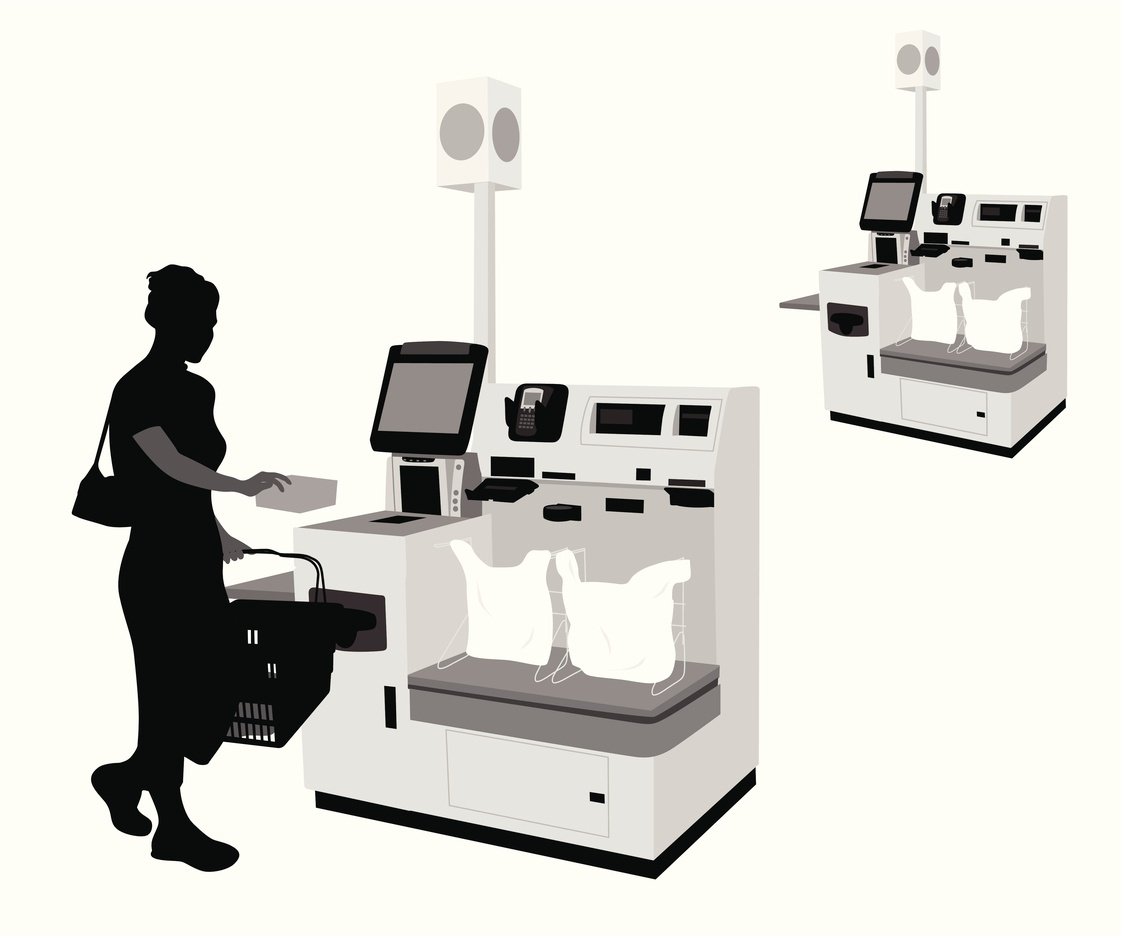Sustaining your front end strategy
How putting the right steps in place can ensure you sustain the benefits achieved with the Irisys queue management
In the first article, we shared the evidence that a better and faster checkout experience contributes heavily to shopper’s overall satisfaction. In the second article we discussed the need to first understand your current service level and the effort required to achieve your desired service level before making a service promise. In the third article we described the process changes required to ensure your strategy is consistently delivered. In the fourth article, we stressed the importance of selecting and monitoring the correct key performance indicators (KPIs). In the fifth article we listed some of the specific ways our customers have used the system to better understand and improve their business. In this article – the sixth and last in our series this year - we provide a list of steps our customers have taken to ensure their front end strategy is sustained.
Sustaining the change
At the start of any new system or process change there is a lot of attention and personnel around to make sure that everyone is using the new system or following the new process. However, the true test of a successful implementation comes long after the project has concluded, the hype is over, and the focus has moved on to the next project. Working with our customers across the globe, we have found that the key components to sustaining the queue management strategy are Training, Visibility and Accountability. The following paragraphs explain each of these components.
Training
Training is expensive; however, our experience has been that the most successful retailers are those that invest this time in their associates. Each retailer’s plan should consider all job classes that will be using the system, will be affected by the system, or be questioned about the system by customers. When creating the training plan, things to consider include -
- Promotions within the store that move an associate into a job class that is impacted by the system
- New hires – from outside the organization
- Transfers into retail from other divisions of the organization
- Transfers from stores that don’t have the system into stores that do
- Turnover rate
- Periodic refresher training
After the initial change training is delivered, the following should be planned to sustain the use and effectiveness of the system.
New hires and newly-promoted associates
Training on the Irisys system should be added to the training checklist of all job classes affected by the system. For most grocery retailers this means the Store Manager, Front End Manager, Department Managers and Cashiers. The amount and type of training will vary for each job class. For example, Cashiers may only need to understand the purpose of the system and how to respond to customers should they ask about the system. Department Managers (outside of the Front End) may only need to understand why it is important that their associates respond quickly to a call for cashier relief to the Front End. The Front End Manager and Store Manager will likely need more detailed training on the reporting and use of the system. The specifics of the job classes and the training needs of each will be particular to each retailer. What’s important is that training needs are carefully considered and delivered.
Transfers from other divisions of the organization
These associates will likely be trained as a new hire or newly-promoted associate
Transfers from stores that don’t have the system
Transfers between stores are common. These are the associates that are typically missed and the largest issue retailers have in sustaining the system, as placing the mechanisms in place to ensure that these associates are trained is not easy. Missing these transferred associates can quickly deteriorate use and effectiveness of the system.
Turnover rate
Understanding turnover in your stores is necessary to calculate the cost and effort required to keep associates up to speed on the system.
Refresher training
It is ideal if a retailer is able to deliver refresher training periodically on key practices. There doesn’t have to be a separate effort for each application. For example, refresher training on delivering front end service could include several aspects of the front end strategy such as when to greet customers, walking them to a product they are looking for, thanking them for shopping and how queue management helps deliver great customer service.
Visibility
To ensure that a retailer’s front end strategy is supported, maintained and protected from budget cuts, there must be a champion at the highest level of the organization. This is someone that understands how important delivering great customer service is to the long-term success of the organization and how customer service is a differentiator. This is also someone that will hold retail management accountable for achieving the service metric goals.
There should also be an easily-accessible ‘expert’ or ‘champion’ for store manages. This should be someone that retail managers are comfortable calling if they have a question about the system or need help applying the data. We have found this handled in a variety of ways.
- Some of our customers have field associates that are assigned to each retail department. These associates are responsible for staying current on processes and systems for their respective departments and are the ‘go to’ people for any questions.
- Some of our customers have chosen to assign one Store Manager from each district to be the ‘go to’ person for all of the stores in their district.
- One of our larger customers felt that the system was so integral to their front end strategy that they created a new position for each division to be the ‘expert’ or ‘champion’ for the queue management system, and a resource for all stores in their division. This position was in addition to the field resources already in place for the front end department.
Another way to keep the focus on delivering great customer service is to share the company’s performance regularly and prominently. Several of our customers send the prior day’s front end performance metric to their stores each day. One of our customers displays this information prominently in their headquarters lobby. These tactics emphasize to store management the importance of achieving their service metric and allow them to compare their store’s performance with the total company.
Accountability
The best way to hold retail managers accountable for achieving their service metric goals is to incorporate the queue management metrics into the financial report. If a retailer is truly committed to delivering great customer service, their retail management team will be held be held accountable for these metrics. One of our most successful customers also ties achieving the compliance metric to their Store Managers performance appraisal and bonus.
To be truly sustainable, queue management performance needs to become a standard metric for every store in the enterprise - measured, monitored and reported every day along with other key metrics such as sales and labor.
There is a considerable effort required to achieve and maintain great customer service. The benefits, however, are tremendous and have been proven by the success of retailers known for reliably delivering great customer service. The Irisys team has the expertise and experience to help you improve service, optimize labor and put the right processes in place to ensure that improvement is sustained. Please contact us for more information on how the Irisys Queue Intelligence™ management system can help you improve your business.
Share this
You May Also Like
These Related Posts

Calculating Benefits of a Queue Management System — Labour Savings

Self-Service is a Customer Choice

The Importance of Increasing Efficiency in Retail
Connect with us
Need more information? Ready to get started? We're here to help, get in touch.


